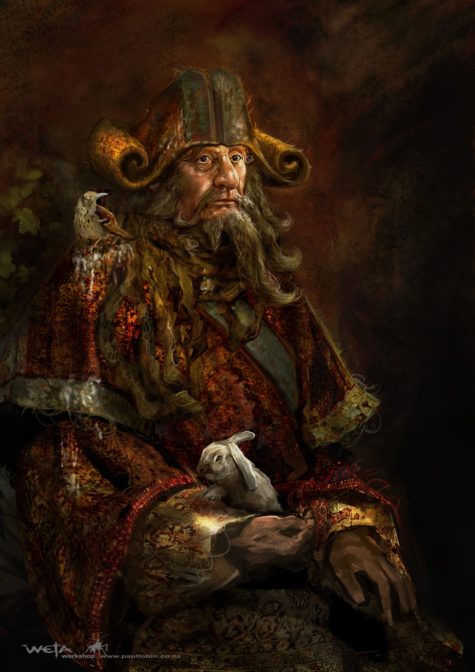Radagast the Brown
If you are one of the 3 people who read my blog, you’ll be well aware of the fact that every year I watch the Lord of The Rings, and I think about “who” I have been most like in the previous year, and who do I want to be in the new year. If you are new to this idea, you can read about how Gandalf Saved My Life, and my ongoing struggles to Be Aragorn, and subsequent failures that turned out that it’s NOT MY FAULT!
So, this year, I watched The Hobbit movies. I had intended to then head on into a Lord of the Rings Marathon as usual, but this did not happen because I had a wonderful revelation. I have been, and I would love to continue to “be” Radagast the Brown! It’s a wonderfully achievable goal. I have already done it once… so hey! Success at last!
Here’s a pic of the new me:
Here’s a nice collection of YouTube videos featuring my new hero,
Radagast The Brown. Enjoy!
Love this clip. He is so kind… and so eccentric.
This is a nice compilation of different scenes.
I love this one too…
Radagast the Brown is a fictional character in J. R. R. Tolkien’s Middle-earth legendarium. He is one of the Istari, also known as “Wizards”, who were sent by the angelic Valar to aid the Elves and Men of Middle-earth in their struggle against the Dark Lord Sauron. Radagast appears in The Lord of the Rings and Unfinished Tales, and is mentioned in The Hobbit and The Silmarillion.
Unfinished Tales explains that Radagast, like the other Wizards, came from Valinor around the year 1000 of the Third Age of Middle-earth and was one of the Maiar. His original name was Aiwendil, meaning bird-friend in Tolkien’s invented language of Quenya. The Vala Yavanna forced the wizard Saruman to accept Radagast as a companion, which, Tolkien says, may have been one of the reasons Saruman was contemptuous of him, to the point of scornfully calling him “simple” and “a fool”. However, he was an ally and confidant of Gandalf, who describes him in The Hobbit as his “cousin”. He was also friends with the skin-changer Beorn, who deemed him to be “not a bad fellow as wizards go” and also said to Gandalf that he “used to see him [Radagast] now and again”.
Radagast lived for much of his time in Middle-earth at Rhosgobel in the Vales of Anduin, on the western eaves of Mirkwood, between Carrock and the Old Forest Road, near the Gladden Fields, its name deriving from Sindarin rhosc gobel meaning “brown village”. Radagast had a strong affinity for – and relationship with – wild animals, and it seemed his greatest concern was with the olvar and kelvar (flora and fauna) of Middle-earth. He was wiser than any Man in all things concerning herbs and beasts. It is said he spoke the many tongues of birds, and was a “master of shapes and changes of hue”. Radagast is also described by Gandalf as “never a traveller, unless driven by great need”, “a worthy Wizard”, and “honest”.
In The Fellowship of the Ring, Radagast was unwittingly used by Saruman to lure Gandalf to his tower of Orthanc, where Gandalf was captured. Fortuitously, Radagast also helped rescue him by sending Gwaihir the Eagle to Orthanc with news of the movements of Sauron’s forces. When Gwaihir saw that Gandalf was imprisoned on the top of the tower he carried him off to safety before Saruman realized he was gone.
The only other reference to Radagast in The Lord of the Rings is after the Council of Elrond when it is decided to summon all the allies against Sauron together. Scouts are sent to look for help, and it is reported that Radagast is not at his home at Rhosgobel and cannot be found. Tolkien makes no mention of what has happened to Radagast, and he plays no further role in events.
Tolkien wrote that Radagast gave up his mission as one of the Wizards by becoming too obsessed with animals and plants. He also wrote that he did not believe that Radagast’s failure was as great as Saruman’s. However, Christopher Tolkien notes in Unfinished Tales that the assumption Radagast failed in his task may not be entirely accurate considering that he was specifically chosen by Yavanna, and he may have been assigned to protect the flora and fauna of Middle-earth, a task that would not end with the defeat of Sauron and the end of the War of the Ring.
Source: Wikipedia






